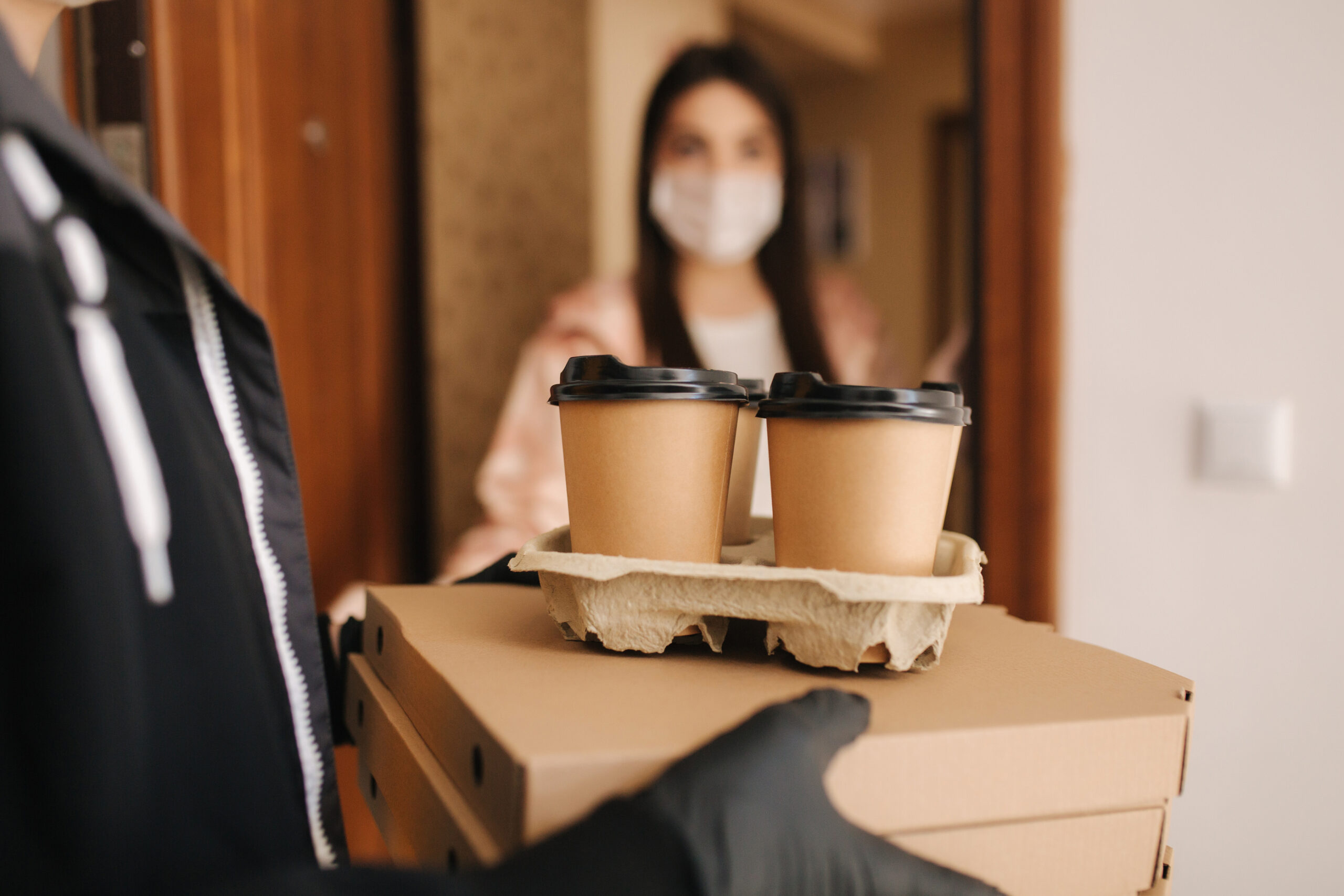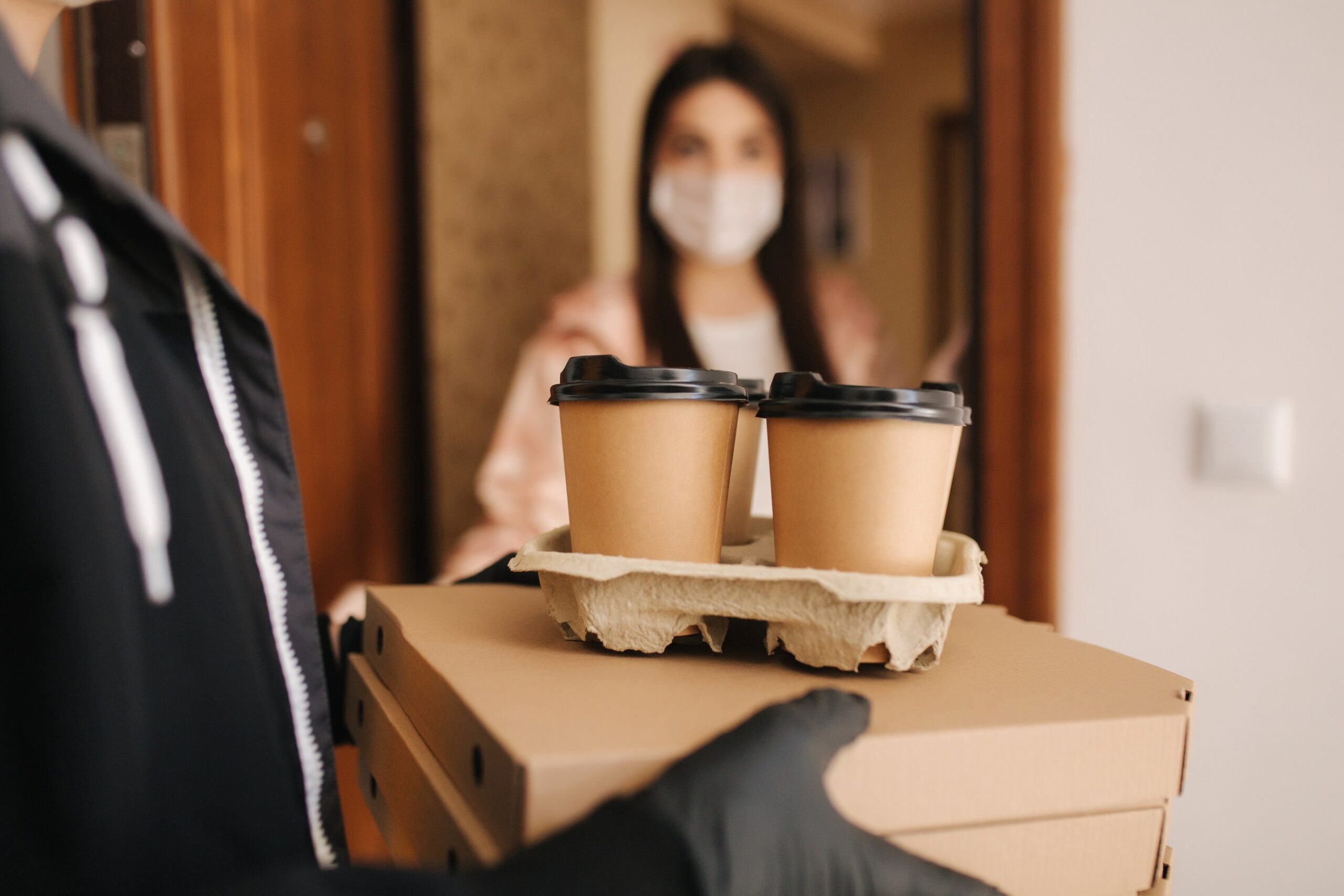Delivery, takeout, and online ordering have surged in the wake of the COVID-19 pandemic sweeping the globe. In many places, restaurants have been forced to close in-store dining by local shelter-in-place orders, leaving no choice but to offer takeout and delivery options exclusively. But these formats introduce new operational and food safety risks that require special attention, careful checks, and brand-new workflows.
 That means it’s critical, now more than ever, for restaurants to ensure that their food safety processes are attuned to the unique features of delivery and takeout orders.
That means it’s critical, now more than ever, for restaurants to ensure that their food safety processes are attuned to the unique features of delivery and takeout orders.
Above all else, maintain sanitary outgoing food areas.
Thankfully, it does not appear that COVID-19 is likely to be transmitted through food. Current guidance from the World Health Organization says, “Current evidence on other coronavirus strains shows that while coronaviruses appear to be stable at low and freezing temperatures for a certain period, food hygiene and good food safety practices can prevent their transmission through food.”
That said, the phrase “food hygiene and good food safety practices” is doing a lot of work in that statement. Delivery and takeout typically involve food sitting – potentially at unsafe temperatures – for periods far longer than with in-store dining. Thus, food service operators must be rigorous in following safety, cleaning and sanitation protocols; they can’t afford to miss even a single temperature check. It’s especially important (1) in the areas where food will sit while awaiting pickup from customers or delivery drivers and (2) for any surfaces or objects multiple customers or drivers touch.
Offer contact-free operations.
Human-to-human transmission seems to be the primary channel by which the novel coronavirus spreads. Thus, reducing the amount of interaction between parties can likely help to inhibit transmission. This means restaurants focusing on takeout and delivery should also shift to contact-free operations. Contactless delivery and pickup options offer “a very safe alternative, especially for those who are in high-risk groups for COVID-19, the older people with weak immune systems,” says Dr. Benjamin Chapman, a professor and food safety specialist at North Carolina State University, in The New York Times.
To that end, set up payment processes that do not require guests to hand over cash or credit cards, allow guests and drivers the option of contactless delivery, and remove objects from the store that multiple people might handle (like menus). Store operators might even consider options like leaving doors propped open to minimize the touching of door handles.
Keep up with evolving guidelines.
One of the most challenging issues facing restaurant operators is how quickly everything is changing. The coronavirus has upended the restaurant industry worldwide with the speed of a lightning strike. Every day brings new information and new recommendations. Complicating matters, multiple authorities are responsible for issuing guidance: the U.S. Centers for Disease Control, the U.S. Food and Drug administration, the World Health Organization, and others.
As a result, keeping up with best practices can be a full-time job in itself. Use a tool like the ComplianceMate C-19 app, which aggregates and updates safety, sanitation, and wellness checklists and workflows specific to COVID-19 in real-time as new recommendations emerge.
{{cta(‘1559bd08-8779-4c2e-95ff-d8a91a5447ca’,’justifycenter’)}}



